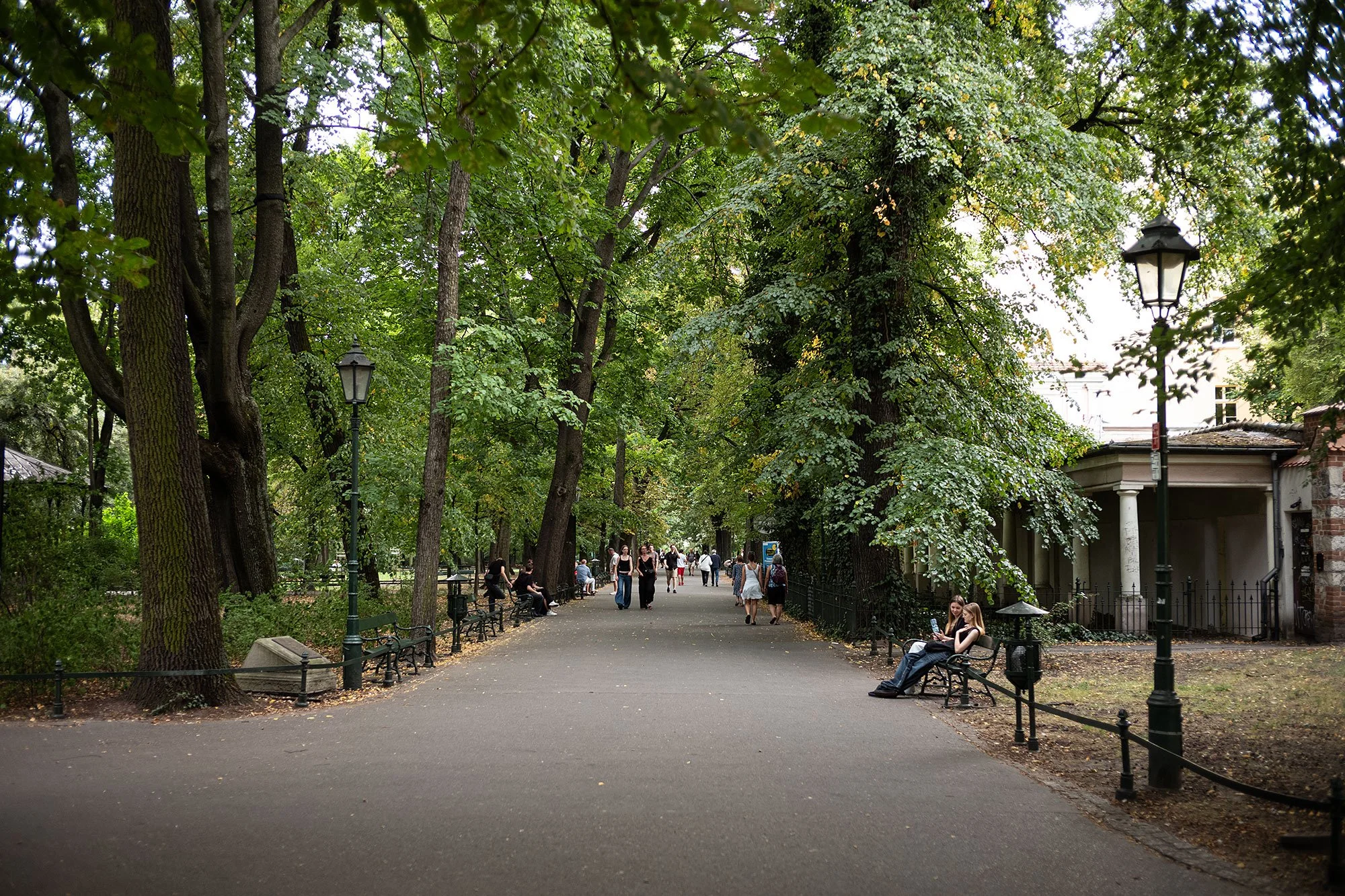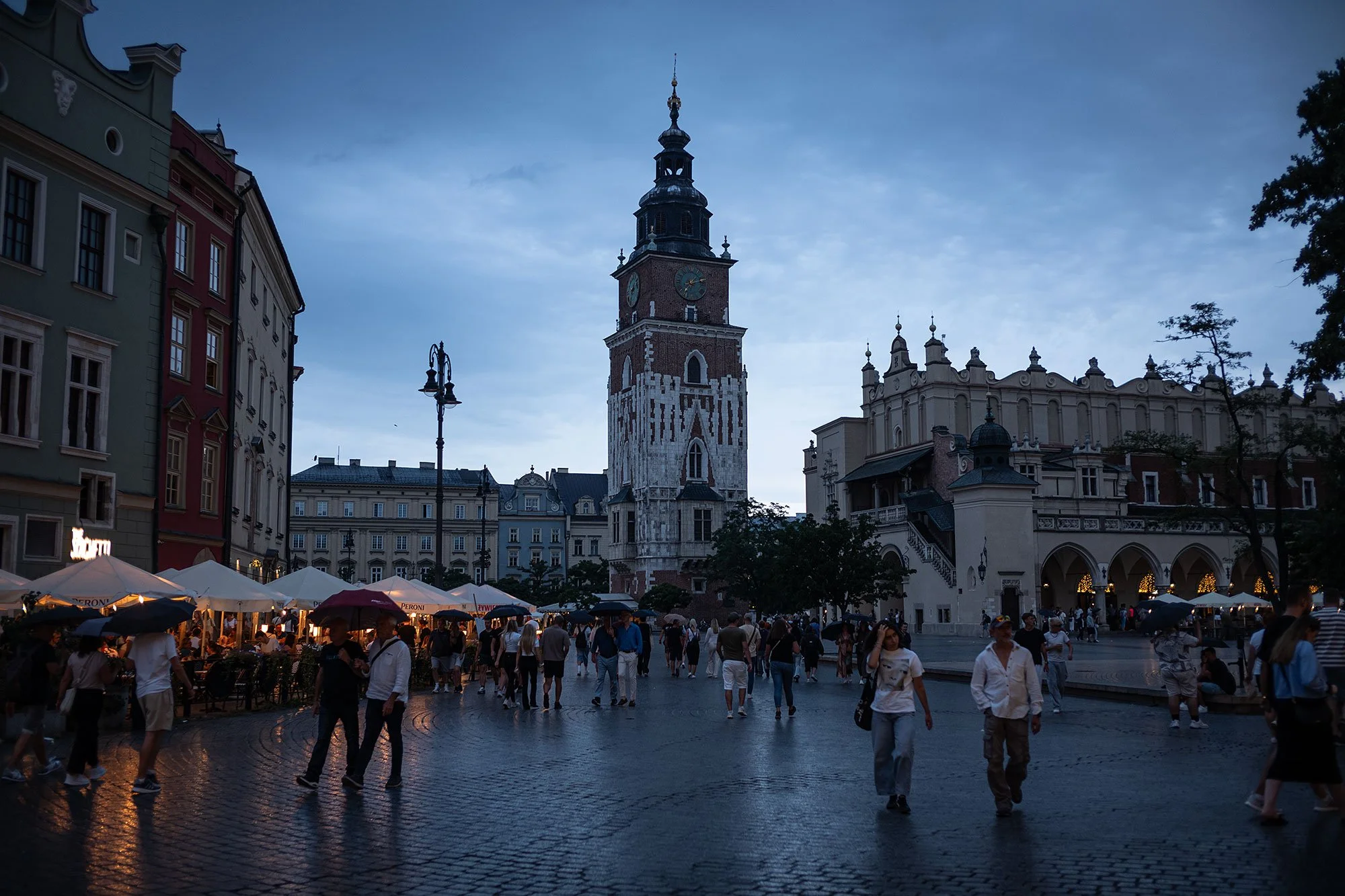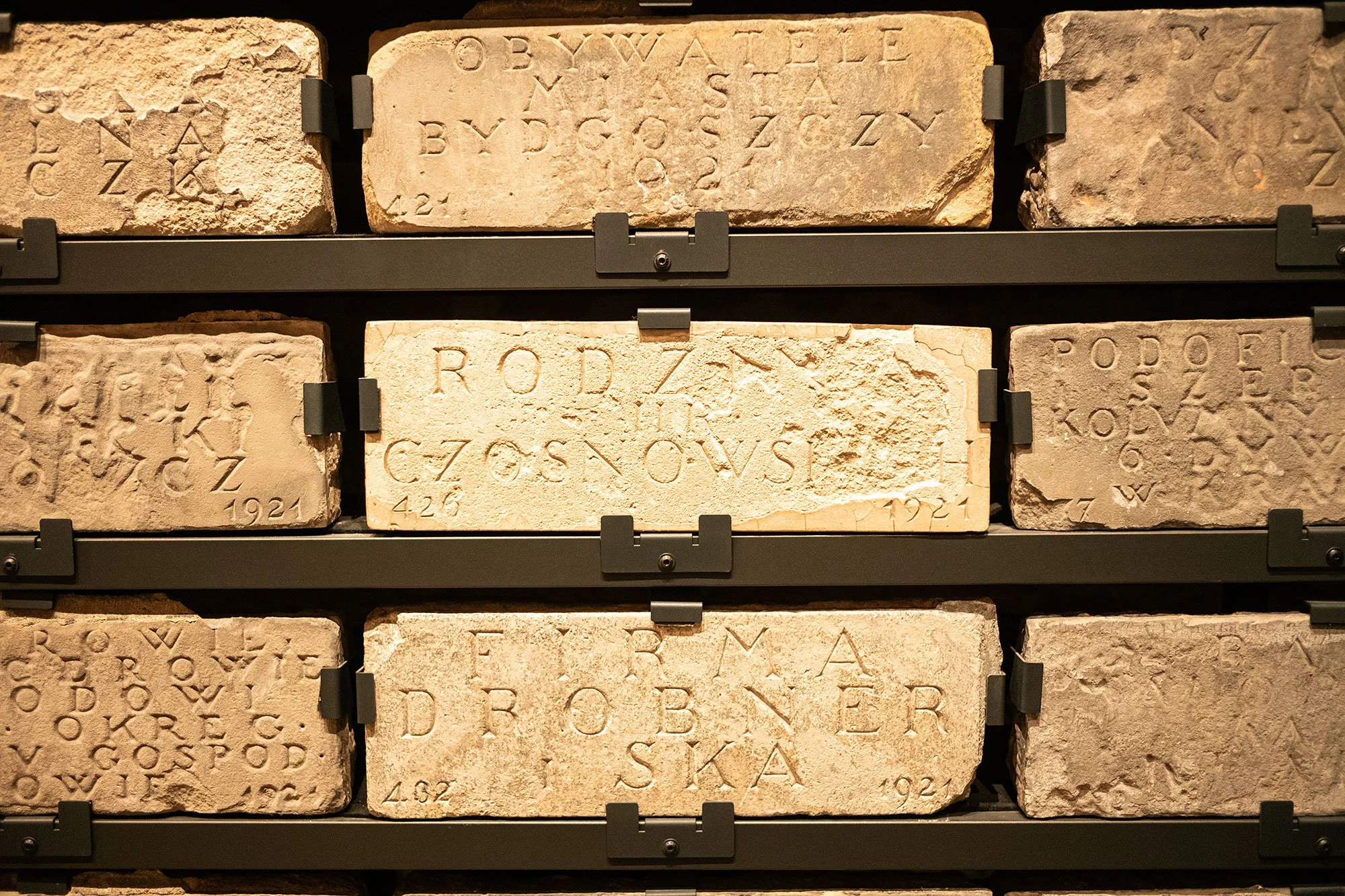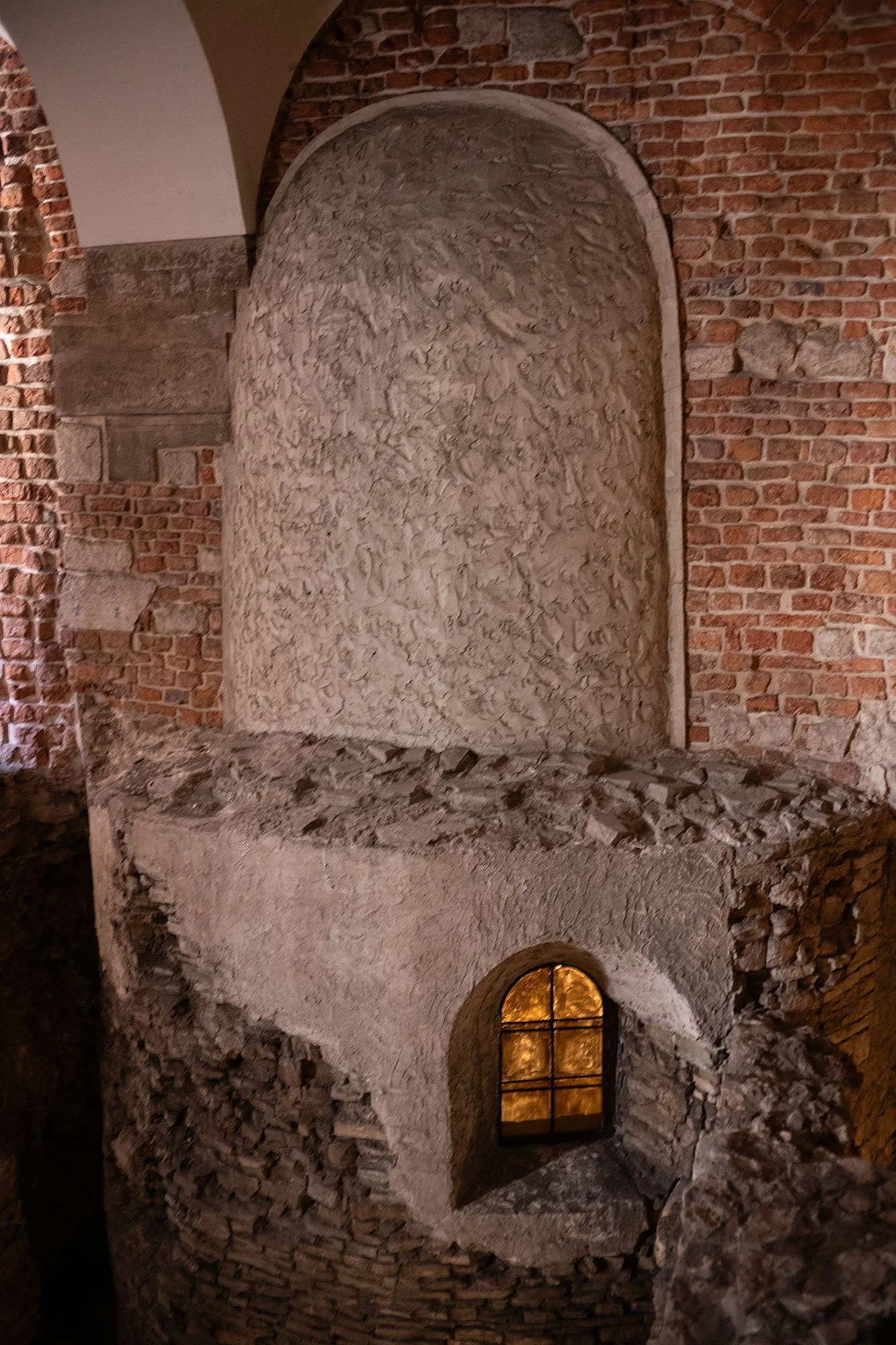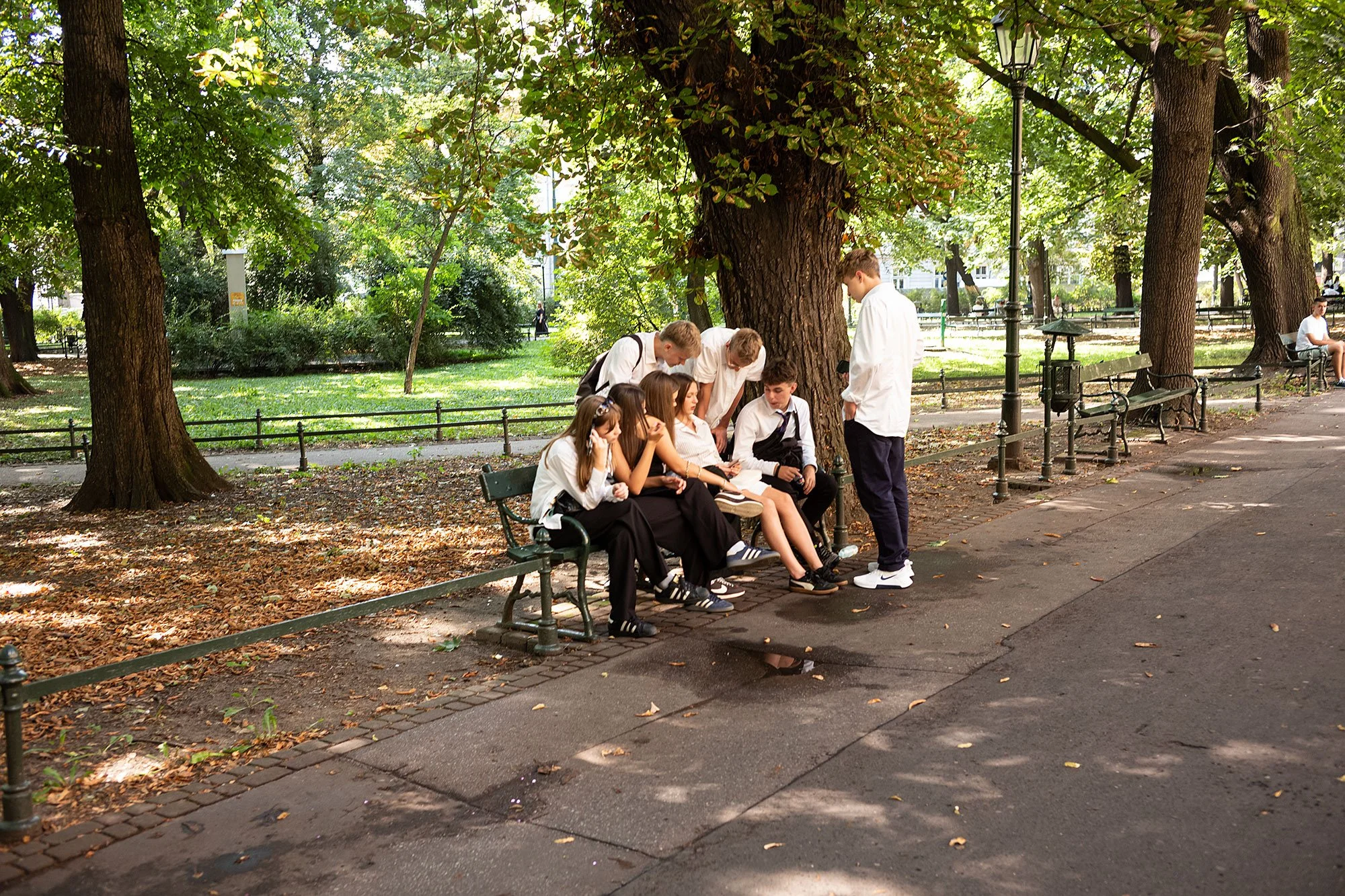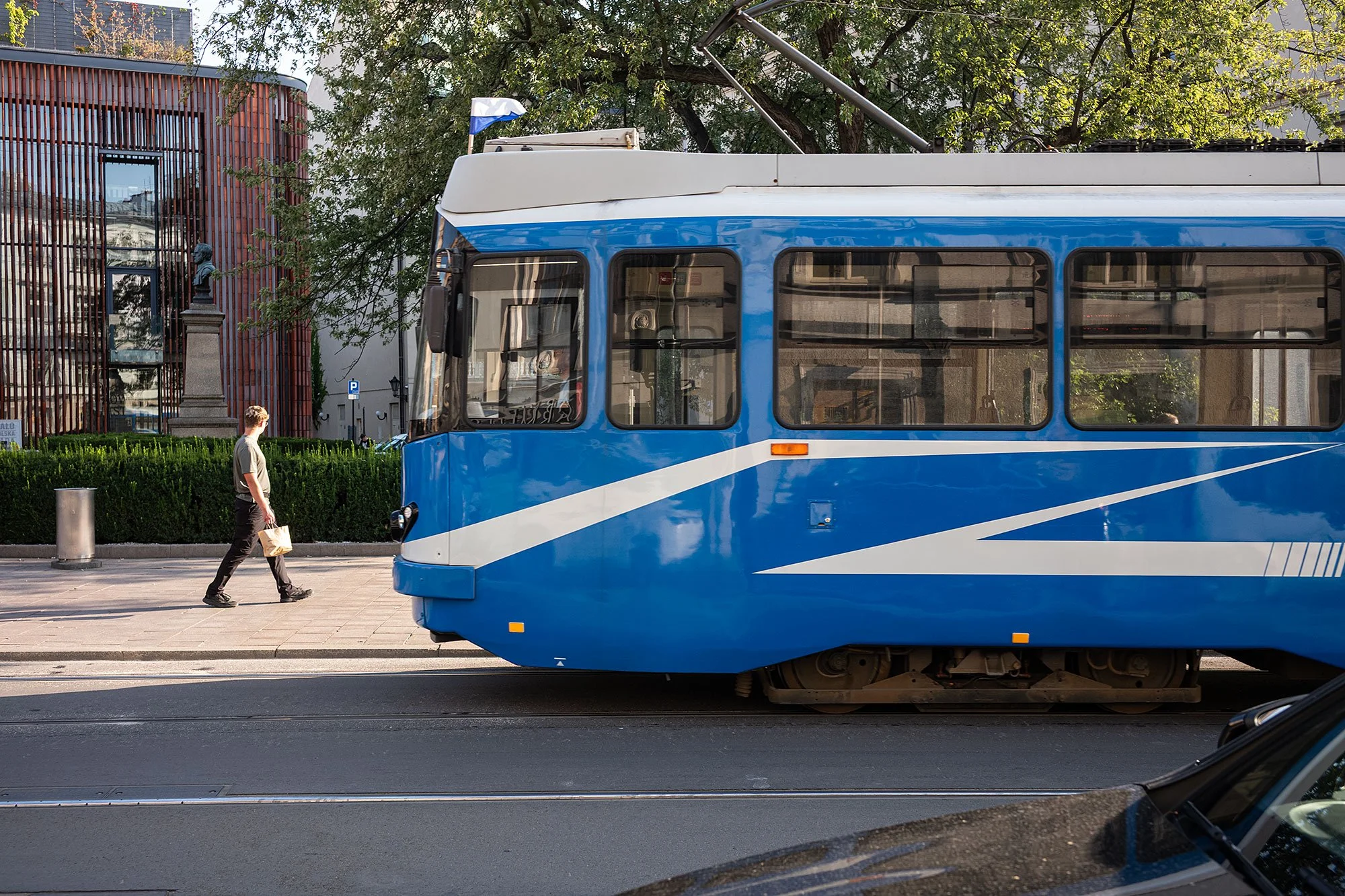Three days in Kraków, part one.
I decide to walk from my hotel in Bratislava to the bus station.
I have the time, and although it’s a bit of a walk to do with all my bags, it’s not long enough for it not to seem indulgent to take a cab.
Even then, I overestimate how long it will take to make the walk and end up killing time sitting at a bus stop across from the mall in which the station resides. I don’t feel like waiting indoors. I eat the banana I had saved for my breakfast as people embark and disembark on their ways to and from home.
I arrive by bus from Bratislava at 18h30 and decide once again to walk from the bus station, though Planty Park to the hotel, just inside the old town walls towads the southern end.
I’ve chosen the location as it’s also not so far from the historic Jewish Kazimierz neighborhood, which I’ve read has become a trendy, creative hub. I’m planning to spend at least an afternoon wandering that neighbohood as well while I’m here.
I check in and decide on a pizza place for dinner. Rain has started to fall and as I make my way to Rynek Główny, the large plaza in the center of the historic center, I try and stick close to the buildings, walking under overhangs as much as I can.
I’ve booked a tour for my second day in the area. and spend my morning at the Auschwitz-Birkenau Memorial and Museum, the afternoon at the Wieliczka Salt Mine.
It’s a whiplash kind of day, and part of me wishes I had broken the time up so that I could have sat a little longer with my experience of Auschwitz-Birkenau before mentally changing gears to tour the mine.
On Monday it’s the anniversay of the German invasion of Poland in 1939.
My hotel is near the castle and I decide to spend the morning there, walking south towards the base of the hill on which it sits. Passing Saints Peter and Paul Church I take the opportunity to visit, stepping in to admire its Baroque interior.
The largest historic church in Kraków based on seating capacity, the church was built between 1596 and 1619 by Giovanni Maria Bernardoni, an Italian architect who was the first to design the Baroque style in Poland.
It’s a stately, slightly restrained interior compared to other Baroque churches I’ve visited. The altar and choir are some of the most beautiful aspects, the former tucked under an ornately-carved dome.
I climb the hill past Sandomierska Tower and walk through the Bernardyńska Gate, turning right to find the visitors center. There, I learn the main parts of the castle are closed for the day, but other exhibits can be visited.
I ask about a few of the options, the Wawel Town and Viewing Platform, the Crown Treasury, the Dragon’s Den. I’m told the Dragon’s Den is just for children. I secure entrance to the others.
From the visitor’s center I walk through the outer courtyard and into the central couryard of the castle. I enter one of the buidings and climb the stairs, past parts of the castle exhibits to enter Wawel Tower and reach the viewing platform. There are nice views out over the river and across the castle. A hot air balloon rises over the city on the opposite banks, offering even better views of the city and castle.
I walk back down and head to the Crown Treasury, a permanent exhibit containing symbols of statehood, trophies and signs of military achievement, King John III Sobieski’s decorations of honor, and royal jewels.
Of the items on display I’m particularly drawn to King John III’s cape, an ornately sewn article of clothing that drapes over the shoulders of a mannequin, trailing behind in a long sweep.
Heading back to the central courtyard I check the map to see what else might be open that I can visit before heading to the gardens and back down to the town.
A few underground items are listed and I visit them in turn. The Church of St. Gereon. which proves to be a small chapel and archeological site, and the Lapidarium, a collection of early modern architectural details and scripture. I love the bricks for the letterforms etched upon them and linger over their display.
Leaving the Lapidarium I head over to the Royal Gardens, a reconstruction based on years of research and analysis of Renaissance garden designs. I start at the upper gardens for their views over the lower gardens before making my way down to wander the various paths below.
I leave the gardens by way of the same path I used to enter, retracing my steps through the inner courtyard and out. In the corner there’s an entry for the Lost Wawel, and I descend into the exhibition galleries to learn more about the castle.
Towards the end of the exhibit I reach the Rotunda of Sts. Felix and Adauctus, an Archaeological-architectural reserve, excavated and reconstructed in 1917–1918. The 10th to 11th century structure consists of a cylindrical rotunda with four apses is built directly on limestone bedrock. It’s surprising to come across this within the bowels of the museum, and it becomes an instant highlight.
Back outside, I walk across the outer courtyard to the Sandomierska Tower, where I pay my entrance fee and climb for another set of views of the town and castle.
Inside, I admire the Sigismund Bell, the largest of the five bells that hang in the tower. Cast in 1520 by Hans Beham and named after King Sigismund I the Old, who also commissioned it, the bell weighs almost 13 tons and requires 12 bell-ringers to swing it. Considered one of Poland’s national symbols, it’s run on special occasions. An inscription on it reads
The inscription translates as follows:
To the greatest and best God, and to the Virgin Mother of God, the illustrious King Sigismund of Poland had this bell cast to be worthy of the greatness of his mind and deeds in the year of salvation 1520.
It’s getting on and I’m hungry. I leave the castle to head back to the center. I take another route out of the castle, walking along a sloping path that runs outside the western and northern walls.
I head towards a pizza place with great reviews, walking through the park that almost completely encircles the old town like a moat. School seems to have let out for the day and students walk the park in groups, dressed alike in white tops and dark pants.
The pizza place is popular with students. A large group collects their pizza as I arrive, another group entering as I leave. It’s easy to see how they’ve garnered their reviews as the crowds come and devour it one square slice at a time.
I walk back towards the center, passing through Rynek Główny. Horse and carriage buggies line one side of the square waiting for tourists to
I stop into the Church of the Assumption of the Blessed Virgin Mary, a 14th century Gothic Church famous for its wooden altarpiece carved by Veit Stoss.
Inside it’s spectacular. Not only the altarpiece, but the entire church. The ceiling, the choir, the chapels. It’s all a stunning display of religious art and my eyes widen to take it all in.
From the top of the taller tower, a trumpeter plays the Hejnał mariacki on every hour of every day of the year. It breaks off in mid-stream to commemorate a 13th-century trumpeter shot in the throat while sounding the alarm before a Mongol attack on the city. The noon-time Hejnał is broadcast live by Polish Radio Jedynka and can be heard around the country.
Tickets are available to climb the tower and meet the trumpter, but I save it for another day. Instead, I walk to the Czartoryski Museum famous as the home of Leonardo da Vinci’s the Lady with an Ermine. Photos of the painting and details dot the city; if I hadn’t known the painting was in Krakow, I’d have have known within minutes of arriving.
Unfortunately, the museum is closed. I backtrack towards the main square and stop into Camelot Lulu, one of the places I had spotted in the days past during a walk around town. I take for a table in the back room by an open window to the street, order a coffee and dessert, and prepare to write postcards.
I take a photo of the cafe and post it on Instagram, which prompts a conversation with the social media manager. I’m impressed with how quickly they act on posts.
A woman enters and sits opposite from me. She orders a coffee and a cake and opens a notebook. When I leave I ask Kassa, my waitress, to add her items to my bill before I slip away. I feel like adding a little mystery into someone’s life.
I thank Kassa and tell her I’ll probably see her again. I love the cafe and plan to come back. She tells me she won’t, at least for another week. She’s headed to Crete tomorrow on holiday!
I walk to the Town Hall Tower to climb it for the views, but it’s closed. I’ve missed its opening hours by just 15 minutes. Instead, I head home to shower. I’ve booked dinner at Molám Thai and consider taking a nap before stepping back out again for the evening.
I walk to the restaurant, through the old town, exiting to the west. En route, I pass Café Lisboa, a Portuguese bakery and cafe. Pastel de nata fill a display case and I can’t help but buy a few for later. They’re still warm when the cashier hands them to me and it’s all I can do to keep myself from devouring them at that instant.
Dinner is great. the dishes flavorful and spicy. When ordering the waitress checked my spice preference and I am surprised when the food brings the heat.
On the way home I pass Café Lisboa. It’s closed and I praise my foresight in buying the tarts when I did.
It’s a warm evening and the main square bustles with life. The restaurants are well-attended and people criss cross the plaza on their way to and from whatever engagements they may have.
Back in my hotel I unburden myself from the day and unpack my tarts, revisiting Portugal with every bite from this historic town center in Poland. Considering my choice for dinner, it’s been a very international evening. 🇵🇱




